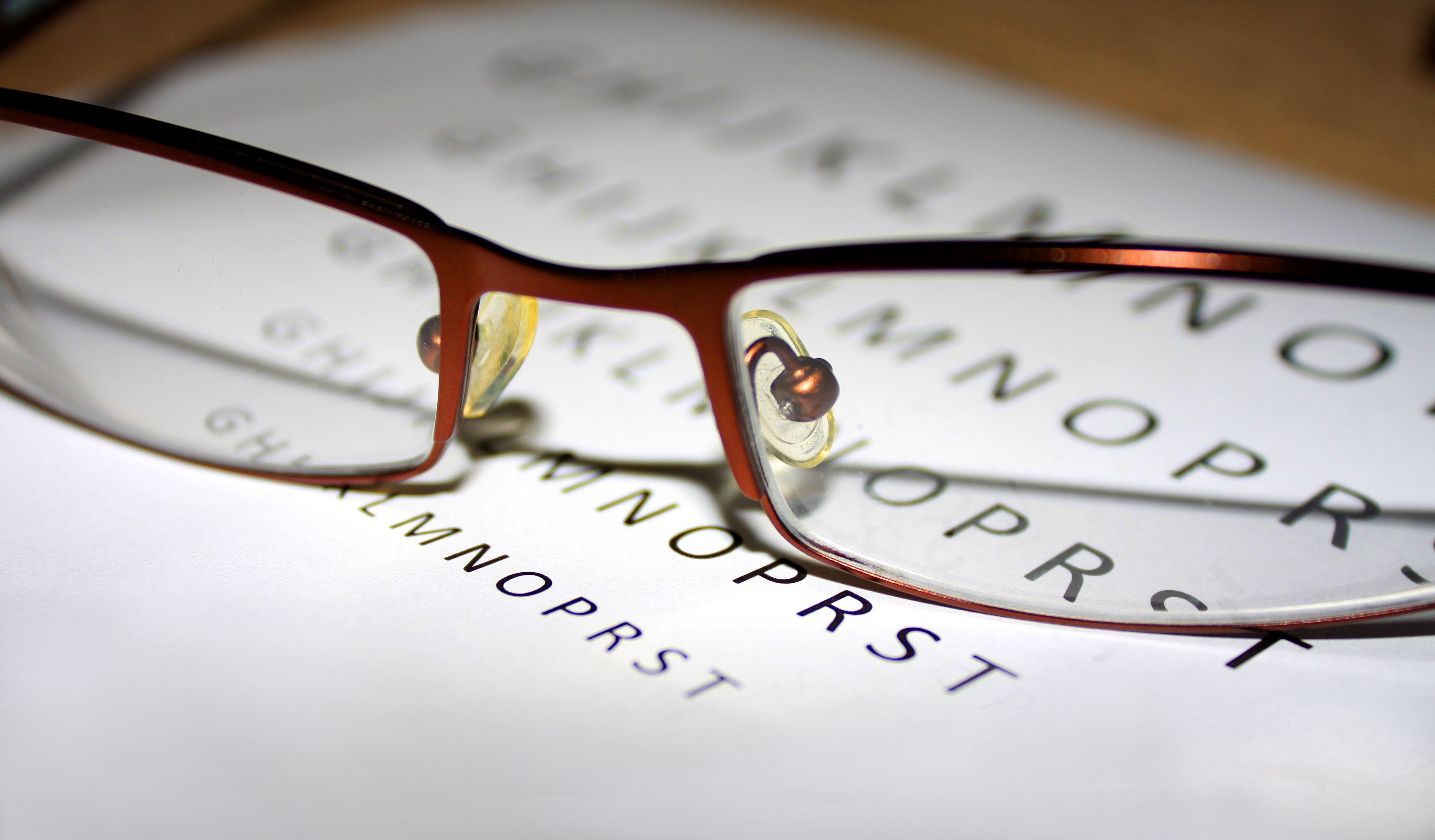Article
Improvements in AI Make Ocular Surface Disease Diagnosis Possible
Author(s):
Diagnosing ocular surface diseases could be made easier as artificial intelligence (AI) screening improves.
Artificial intelligence (AI) could be the future of diagnosing ocular surface diseases, according to a review published in Frontiers in Cell and Developmental Biology. The review aimed to evaluate both the strengths and limitations of using AI for the diagnosis and prognosis of several eye diseases.
The first ophthalmic AI device was approved by the FDA in 2018 to diagnose diabetic retinopathy. Since this approval, AI has been used to improve diagnosis of retinopathy of prematurity, age-related macular degeneration, and glaucoma. Researchers have been trying to develop AI to diagnose other ocular surface diseases to varying degrees of success, and most have focused on working to diagnose keratitis, keratoconus, dry eye, and pterygium.
Keratitis is the weakening of the corneal defense ability and is the fifth most common cause of blindness in humans. It is most frequently caused by autoimmune diseases and pathogenic microorganisms. Several AI models have been constructed to help diagnose this disease. These models have had accuracy as low as 0.703 and as high as 0.9989, proving that good performance for keratitis diagnosis and application potential was seen in these models.
Distinguishing infectious and noninfectious keratitis was also tested using AI, with one model having an accuracy of 0.80 and a second having an accuracy of 0.980. A model to distinguish between bacterial and fungal keratitis had an area under the curve (AUC) value of 0.904. These results proved to be similar to that of clinical practice.
AI models to diagnose keratoconus, which is a disease that features conical protuberances and thinning of the corneal stroma, have also been developed. A model based on the 5-FNN neural network model proved to have an accuracy of 0.996. Other models featured accuracy of 0.991 and 0.9956, which demonstrated that the technology could be used more frequently to alleviate clinician workload.
Models that could screen patients for keratoconus were also developed, with accuracies of 0.958, 0.9785, 0.9933, 0.985, and 0.958, which makes diagnosing the disease in a timely manner possible. AI models to classify subclinical keratoconus had more mixed performance, as accuracy and AUC scores ranged from 0.71 to 0.814 in 3 models.
Diagnosing dry eye can also be improved using AI technology. Dry eye, which is categorized by decline in tear film stability, can be separated into 2 groups: abnormal tear dynamics and abnormal ocular surface epithelium. There is no consensus on the diagnostic classification of dry eye. However, several AI models have been developed to diagnose dry eye with success.
Models that focused on dry eye had accuracies of 0.8462, 0.963, 0.960, 0.990, and 0.97, with AUC values of 0.99 and 0.999 in the 2 models that featured the measurement.
Diagnosis of pterygium was also evaluated using AI models. Pterygium is an inflammatory disease defined by the fibrovascular hyperplasia of conjunctival tissue and invasion of corneal tissue, with the cause of the disease currently unknown. Models developed to diagnose this disease were found to be good as auxiliary diagnostic tools that could help clinician efficiency. The authors also found that these approaches could be used in areas where resources for diagnosis are scarce to achieve early diagnosis.
There were some limitations to the AI models. Image quality affected the data sets, as the images could be unclear or incomplete. External verification of algorithms could face challenges, as performance in real-world clinical diagnosis and treatment will differ from that tested on open data sets. Sample size for some models was small. Heterogeneity in the world population would likely lead to less accuracy in the models. Finally, AI model data sets can be biased, as they use small or common data sets for the models.
The authors concluded that the studies that have currently been performed to test AI have shown promise in acquiring the disease characteristics and applying them to verification or testing to diagnose for an ocular surface disease.
Reference
Ji Y, Liu S, Hong X, et al. Advances in artificial intelligence applications for ocular surface diseases diagnosis. Front Cell Dev Biol. Published online December 20, 2022. doi:10.3389/fcell.2022.1107689





